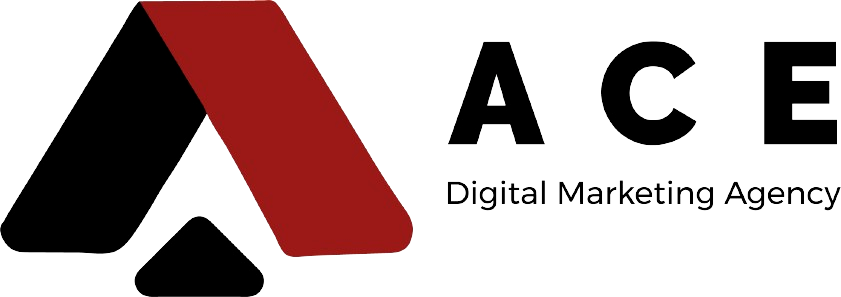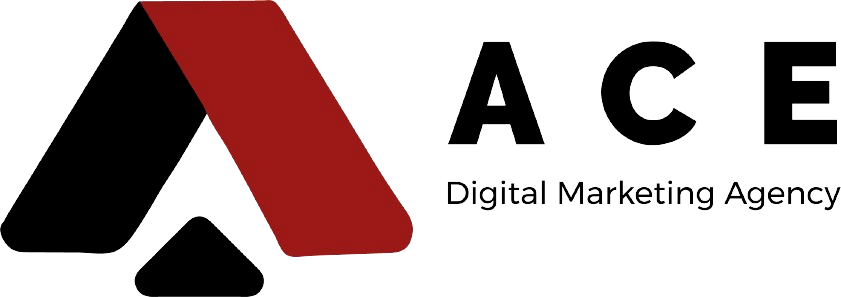You may be wondering: How is Return on Investment calculated? Or what is the ROI formula? ROI represents the financial return an investor earns from a specific investment opportunity. It is a key metric that reflects the success or failure of an investment based on multiple factors. It is not a guaranteed figure, as it is influenced by economic fluctuations and ongoing market changes, making it essential to adopt well-studied strategies to manage it effectively.
Improving ROI requires the application of multiple strategic measures. ROI is also used as a primary comparison tool between different investments, giving investors the insights they need to make more accurate financial decisions. In this article, we will explore how ROI can help direct financial resources toward the most profitable opportunities, ensuring a balance between risk and reward in line with investors’ goals and financial strategies.

What Is Return on Investment (ROI)?
The term Return on Investment, abbreviated as ROI, is a financial metric used to evaluate the effectiveness of a particular investment in terms of the profits it generates compared to the costs incurred. It is also known as return on cost and reflects the relationship between net profit and the expenses spent on the investment.
ROI serves as a performance indicator for various investments, helping investors and business owners determine whether an investment has succeeded or failed. By calculating the profit-to-cost ratio, it becomes clear whether the investment produced returns exceeding expectations or failed to deliver the anticipated results.
- A high ROI means the benefits of the investment significantly outweigh the expenses.
- A low ROI suggests the investment did not meet targets, possibly because costs exceeded generated profits.
- A negative ROI means the investment resulted in a financial loss, prompting a re-evaluation of plans or strategies.
Where Is Return on Investment Used?
Many investors, business owners, and startups rely on ROI as a primary measure of spending and investment profitability across various fields. It allows them to evaluate how effectively financial resources are allocated to any project or business activity.
ROI is typically calculated on a yearly basis to monitor financial performance and assess the effectiveness of chosen strategies. However, it can also be adapted to shorter periods, especially for temporary expenses or short-term campaigns such as digital advertising or online marketing. In such cases, understanding the quick impact of these expenses helps make timely, informed decisions.
Additionally, ROI is an important tool for:
- Assessing a project’s potential success or failure before starting.
- Minimizing financial risks.
- Improving funding and expansion strategies.
- Helping reallocate resources or set investment priorities.
Benefits of ROI
ROI offers investors and companies a clear way to achieve financial gains and economic stability, supported by precise indicators for successful investment decisions. Its key benefits include:
- Enables real capital growth by generating financial returns that increase asset value.
- Allows reinvestment of funds in new projects, fostering innovation and boosting economic activity.
- Guides individuals and businesses toward their financial goals—whether building wealth or achieving stability.
- Supports building a diversified portfolio that balances returns and risks, reducing the chance of major losses.
- Serves as an effective indicator to identify the most profitable assets and investments, aiding in strategic planning.
- A healthy ROI builds investor confidence and attracts new backers, expanding funding sources and growth opportunities.
How to Calculate ROI
Calculating ROI is a fundamental step in understanding the success of any financial investment. It enables investors or business owners to measure the returns achieved compared to the costs spent.
Formula:
ROI = (Net Profit from Investment ÷ Investment Cost) × 100
Where:
- Net Profit = Total revenues earned − Total costs spent
- Investment Cost = Total expenses for the project or investment activity
The result, expressed as a percentage, represents how much profit was made for each unit of cost.
Best ROI for Advertising
There is no fixed or “ideal” ROI percentage in advertising and marketing—it varies based on campaign type, target sector, and platforms used.
For social media ads, average ROI tends to be relatively lower—often between 9% and 10%. This is because payment models may be based on impressions (CPM), where costs are incurred even without actual conversions.
Achieving a high ROI in advertising requires:
- Precise audience targeting.
- Careful campaign management.
- A well-structured advertising strategy reviewed before launch.
- Ongoing monitoring during execution to ensure objectives are met.
Ways to Improve ROI
If you want to boost your ROI, follow these key steps:
- Define your goal: Long-term capital growth or steady income.
- Diversify investments: Spread across stocks, bonds, and real estate to reduce risk.
- Research opportunities: Monitor sectors and companies for promising prospects.
- Manage risk: Set acceptable exposure to high-risk assets and monitor market volatility.
- Be patient: Allow investments time to grow and avoid rushed trading.
- Monitor and adjust: Review your portfolio regularly and reallocate assets as needed.
- Control costs: Reduce fixed and variable expenses without compromising quality.
- Evaluate indirect returns: Consider brand awareness and engagement, not just financial gains.
FAQs
How is ROI calculated?
ROI = (Net Profit from Investment ÷ Investment Cost) × 100
How do you achieve good ROI?
Diversify your portfolio, invest long-term, analyze markets carefully, and consult a financial advisor for tailored opportunities.
What is considered a good ROI?
For medium-risk investments, 15–25% annually is generally considered good. For low-risk investments, ROI may be lower but more stable.
What is ROI?
A financial indicator measuring profits from an investment compared to its cost, used to evaluate efficiency and guide decisions.
What is the best ROI?
The highest profit achievable with minimal risk, aligned with your financial goals.
Conclusion
ROI is not just a number—it’s a core measurement tool that reflects the efficiency and effectiveness of your company’s investments and expenditures. At Ace, we help you maximize ROI and significantly increase profitability. Don’t miss this golden opportunity—partner with Ace today and start your real marketing transformation toward lasting business success. You can read out Blogs in here







